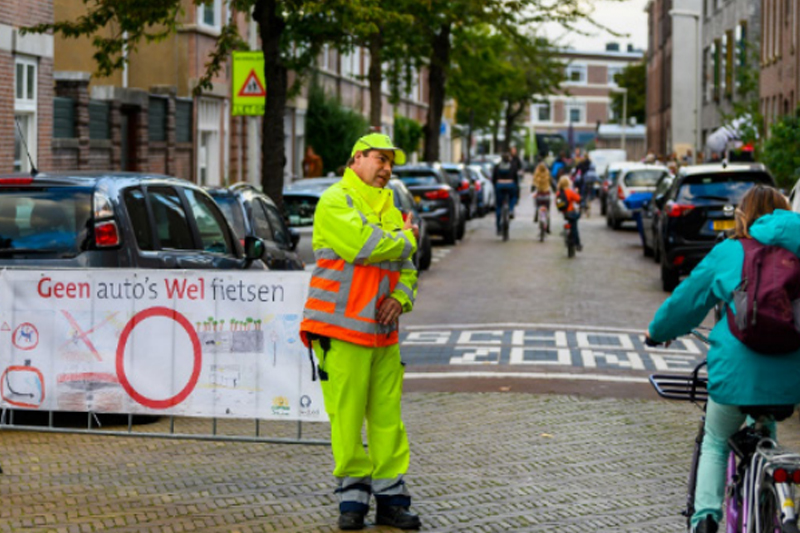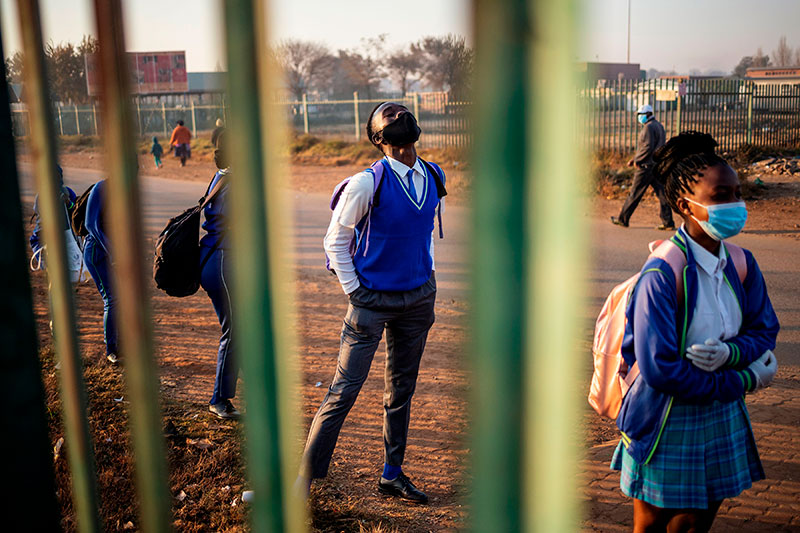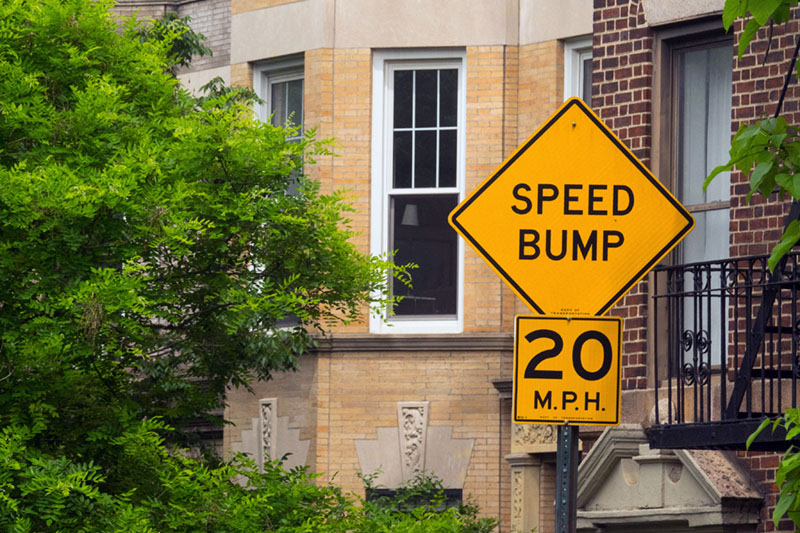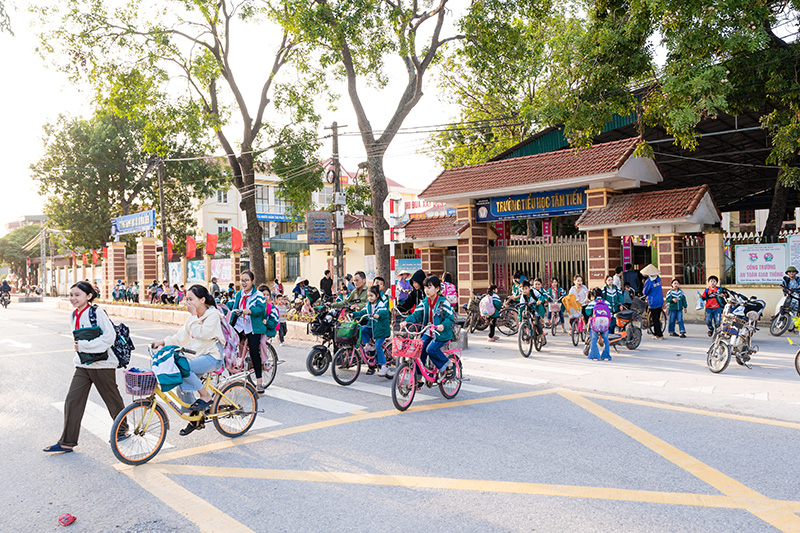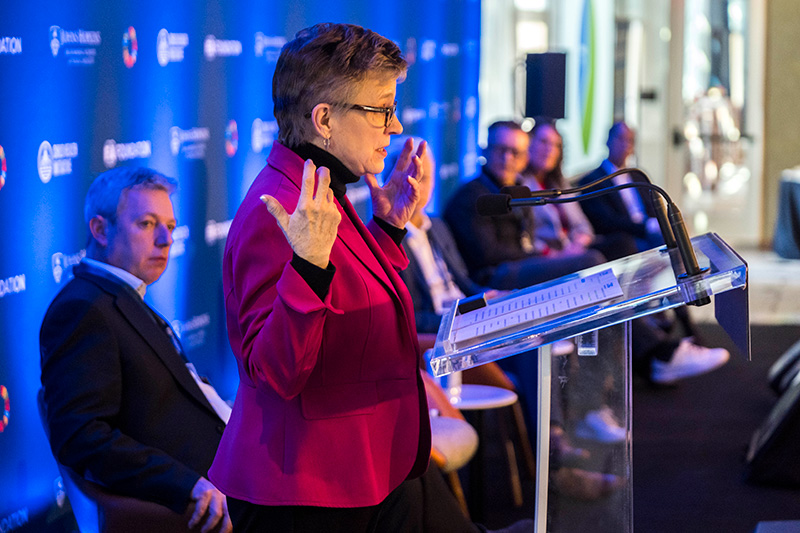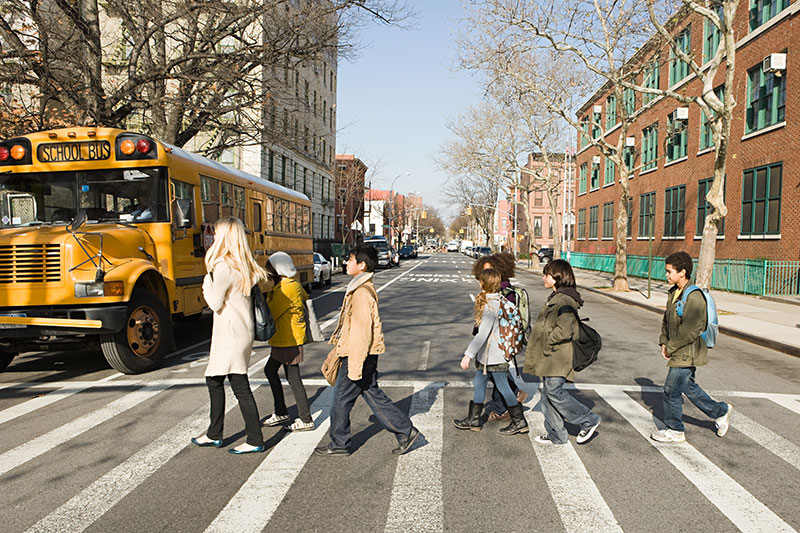Rising inequality in air pollution deaths, says new WHO figures
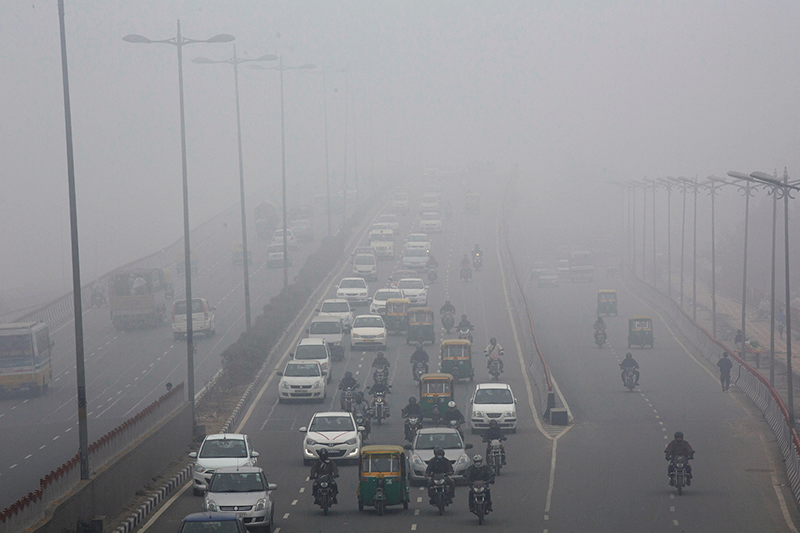
More people are dying from air pollution in developing countries than ever before, updated World Health Organisation (WHO) figures show.
The data identifies that 92% of people across the globe are breathing air containing high levels of pollutants, but the burden of death caused by pollution is rising in the poorest countries. Over the past 6 years, ambient air pollution globally has plateaued, dropping in some parts of Europe and the Americas but levels are rising in the poorest regions, most rapidly in south and south-east Asia.
The new estimates suggest that 7 million people every year die as a result of exposure to air pollution which is largely unchanged from the previous 2016 air pollution date, despite growing international awareness of the problem and government promises of action. Last year there were 3.8 million deaths linked to outdoor pollution, of which transport is a significant contributor. Airborne contaminants from vehicles as well as other sources including factory and energy production emissions, are responsible for a quarter of fatal heart attacks and strokes, 29% of lung cancer deaths and 43% of all chronic obstructive pulmonary disease deaths.
The WHO identifies that pollutions levels vary widely dependant on the policy decisions of government actions and financial resources. In general, ambient air pollution levels are lowest in high-income countries, particularly in Europe, the Americas and the Western Pacific. North America was the only region where a significant proportion – 80% – of the population breathe air that meets the WHO’s own guidelines on particulate matter; in Asia and the Middle East, the figure was close to zero. The highest outdoor air pollution levels are in the Eastern Mediterranean Region and in South-East Asia, with annual mean levels often exceeding more than 5 times WHO limits, followed by low and middle-income cities in Africa and the Western Pacific. South-east Asia saw the most rapid deterioration of air quality, where more than 70% of poor cities suffered worsening air quality. Delhi and Cairo, the most polluted mega-cities, have air pollution levels 10 times higher than the WHO guidelines.
The number of cities monitoring their air quality rose by 30% in 2017, with 4,300 cities in 108 countries now recording ambient air quality information. The WHO warns, however, that the full picture is incomplete, especially because there are relatively few monitoring programmes in Africa - this year’s database covers just 8 of 47 countries in the region.
Saul Billingsley, Executive Director of the FIA Foundation said: “Toxic emissions from traffic are a significant contributor to air pollution, which this report recognises as a growing cause of death and illness in many developing countries. We also know that children are particularly vulnerable to the effects of dirty air, suffering from respiratory issues and going on to develop long term health complications. It is clear that the poorest across the globe are the disproportionally affected by dirty air, and are suffering more than ever before. The WHO has shown where successful action has been taken, and governments across the globe must recognise their responsibility to end unnecessary deaths.”
